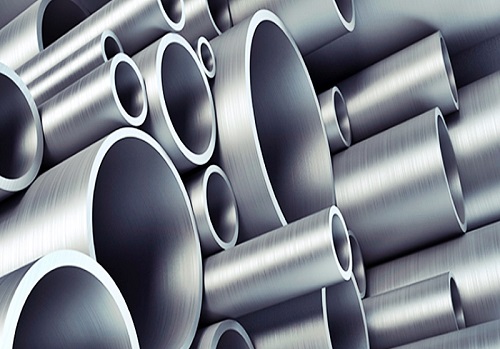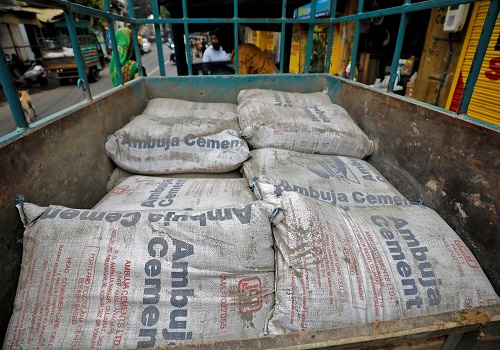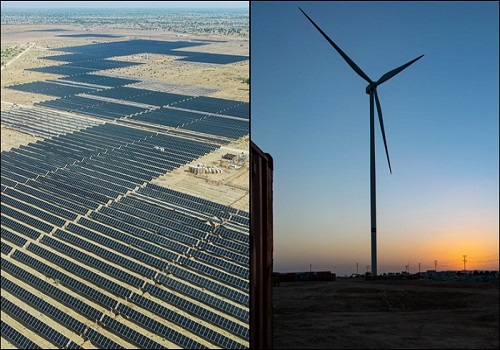India steel sector at watershed moment, projected to reach 300 million tonnes by 2030

India became the second largest steel producer with a capacity of 178 million tonnes and production of 144 million tonnes in FY24, which is projected to reach 300 million tonnes by 2030.
Minister of State for Steel and Heavy Industries, Bhupathiraju Srinivasa Varma, said that India’s and global demand for steel will continue to grow in times to come.
“The steel sector is at the watershed moment in its life cycle and the future direction will be built be built on digitisation in its processes and around sustainable steel production to minimise the emission levels to reduce its environmental carbon footprints,” the minister said during an event in the national capital.
He lauded the technological innovations and material efficiency in the steel sector that has driven the global steel production close to 2 billion tonnes, and the global capacity has reached close to 2.5 billion tonnes.
Varma reminded that Prime Minister Narendra Modi had promised at COP26 on November 2, 2021 that India will reduce the carbon intensity of its economy by more than 45 per cent By 2030 and will achieve the target of Net Zero by the year 2070.
Global steel sector on an average account for 8 per cent of total emissions with emission intensity of 1.89 tonnes of CO2 per tonne of crude steel produced.
However, in India, the sector contributes around 12 per cent of total emissions released with emissions intensity of 2.5 tonnes of CO2 on production per ton of crude steel, said the minister.
Subhankar Sen, business head, BPCL, said that MAK Lubricants from Bharat Petroleum are complimenting steel industry’s impressive growth, projected to reach 300 million tonnes by 2030 and the increasing focus on sustainable practices and green steel production.
Meanwhile, the government has set a new target of achieving 500 million tonnes of steel production by 2034. The country's crude steel production shot up by over 35 million tonnes in the last four years, from 109.14 million tonnes in 2019-20 to 144.30 million tonnes in 2023-24, as per the latest government data last month.























